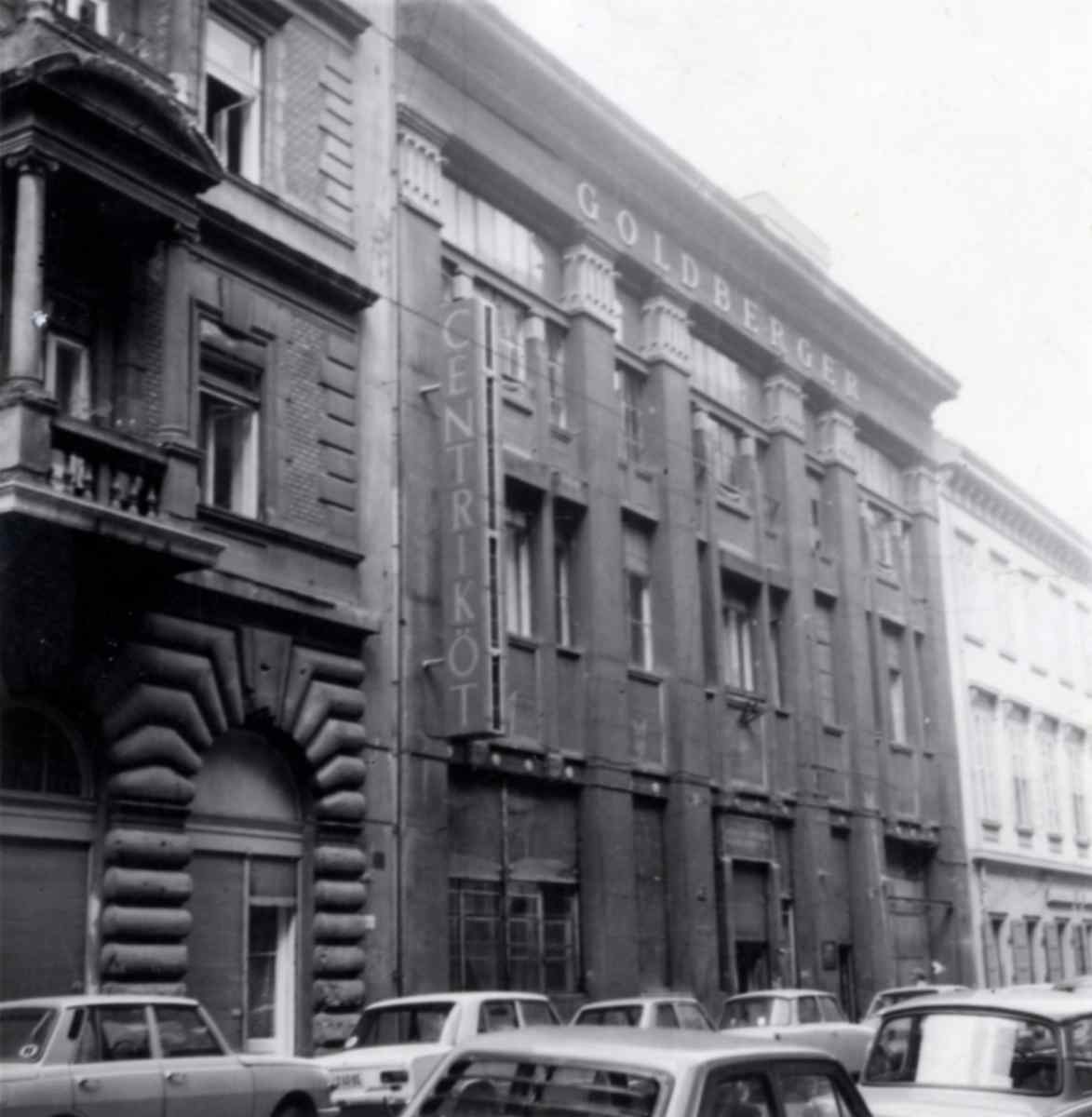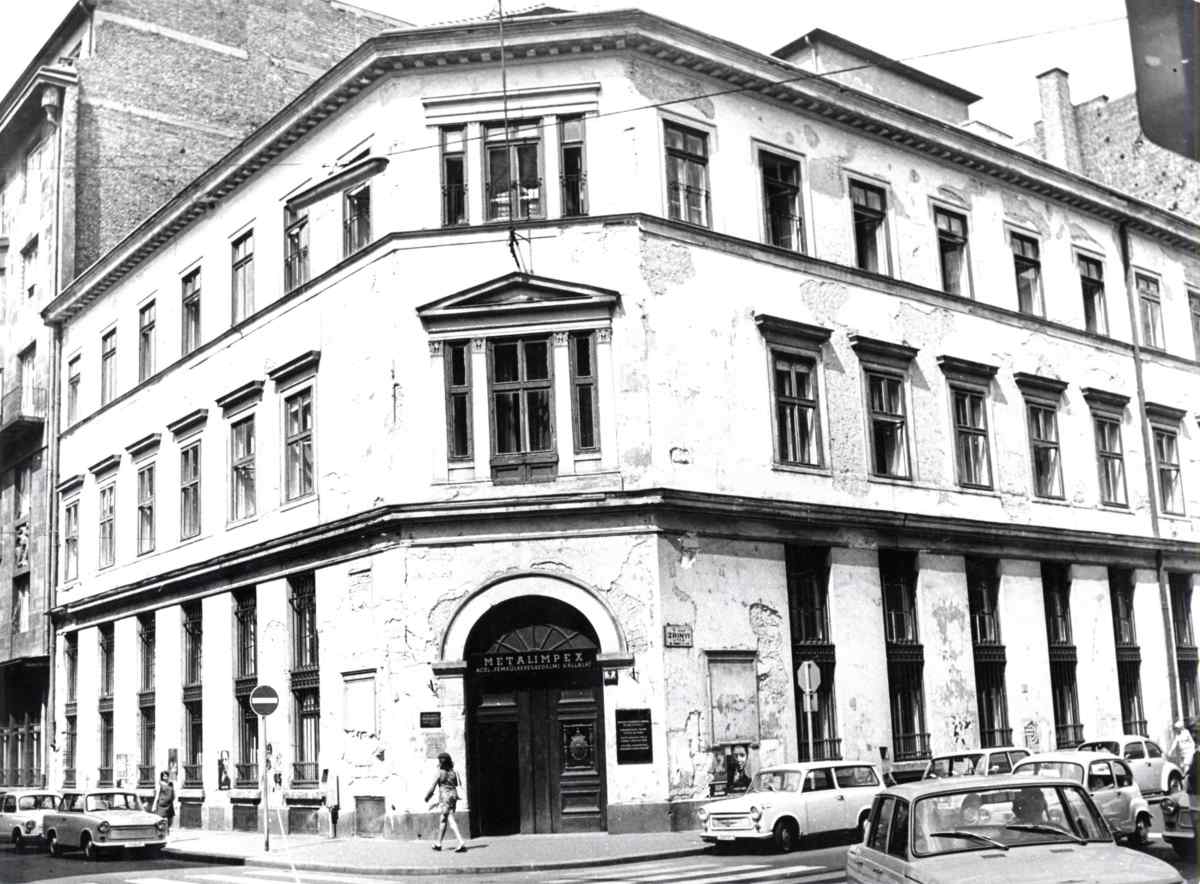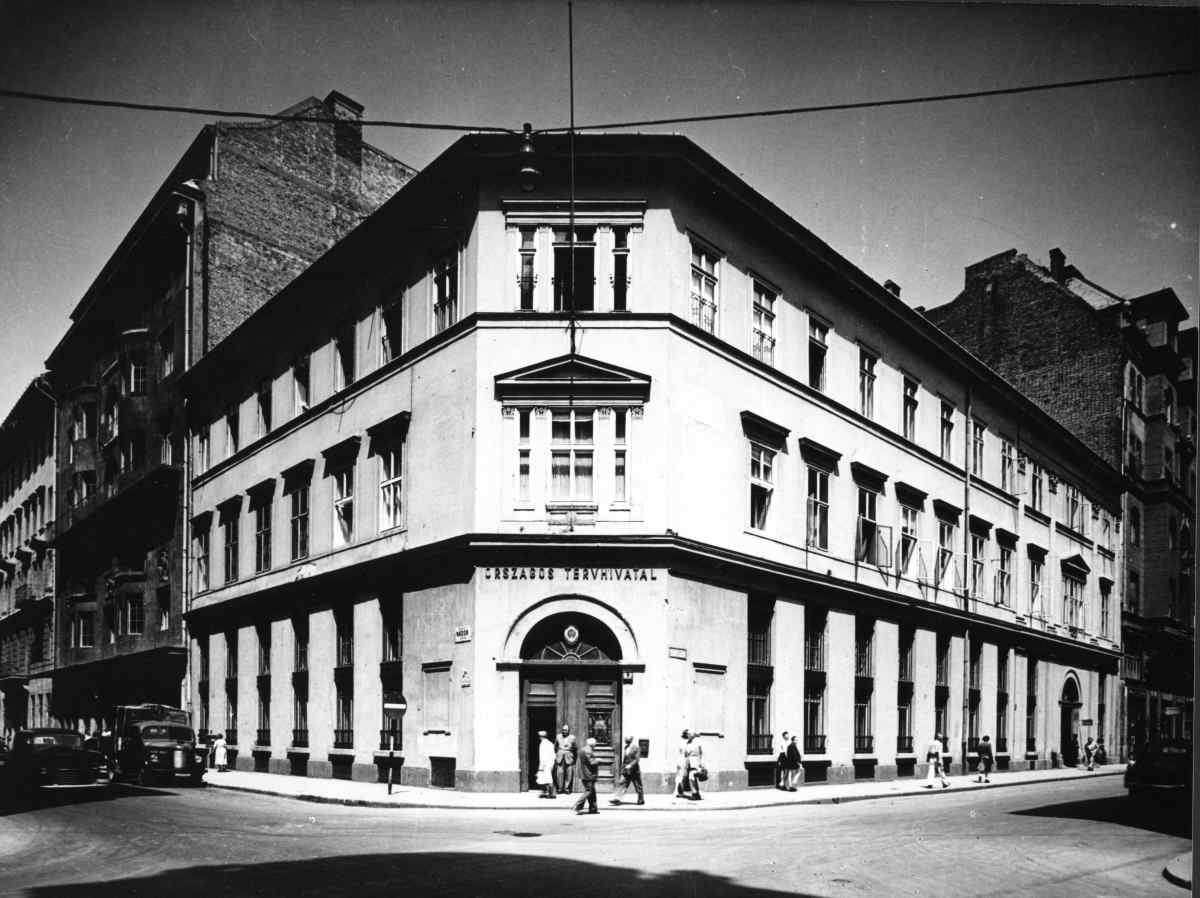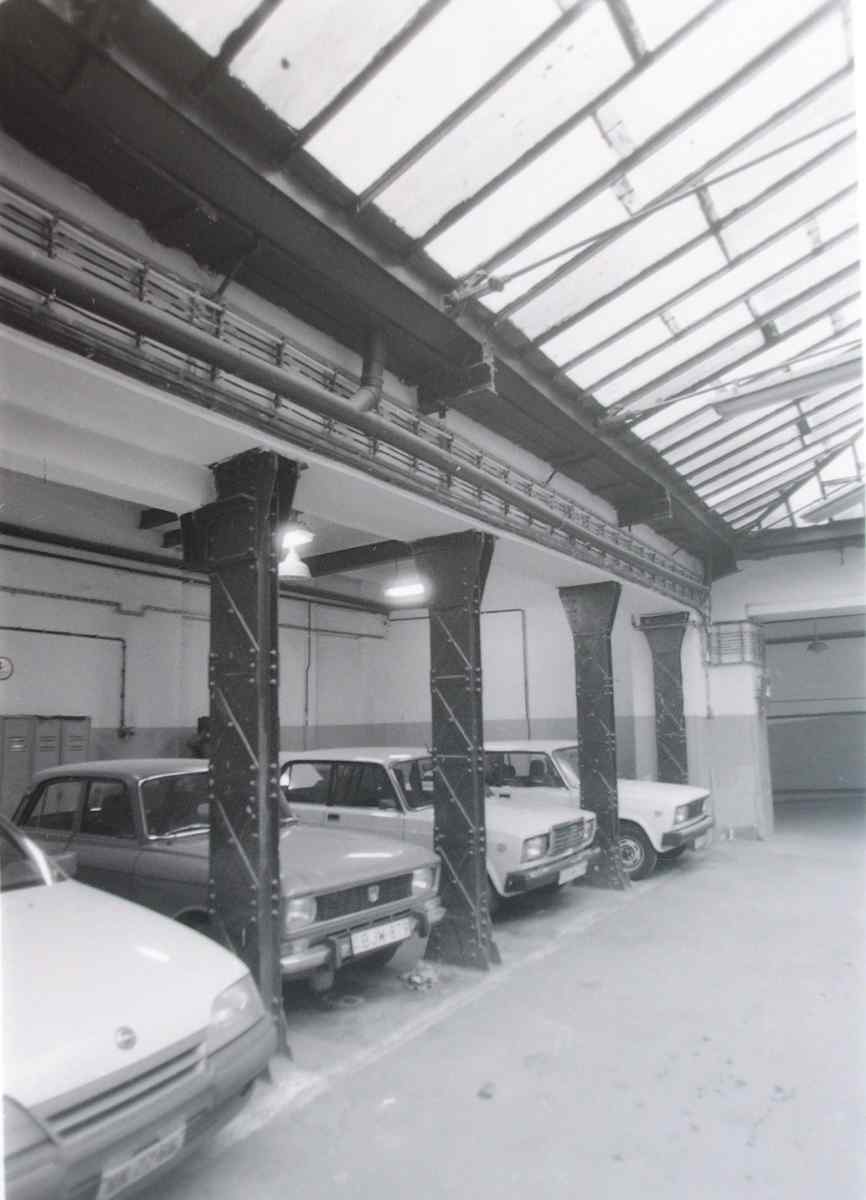Building CEU
The History of CEU through its Buildings




Design: TAMÁSI Miklós
Budapest Főváros Levéltára
BTM Kiscelli Múzeum Fényképtára (BTM Kiscelli FT)
Budapesti Városvédő Egyesület Fotós Csoport (BVE FCS)
Fővárosi Szabó Ervin Könyvtár Budapest Gyűjtemény
Iványi László és a PLANART Építész Iroda
Köztigon Építész Stúdió Kft. (Köztigon Stúdió)
Kulturális Örökségvédelmi Hivatal Fotótára (KÖH)
Magyar Nemzeti Múzeum Történelmi Képcsarnok
Magyar Nemzeti Múzeum Történeti Fényképtár
Magyar Távirati Iroda
“A” Stúdió ’90 Építésztervező Kft.
Külön köszönet: Iványi László építésznek, Millisits Máté művészettörténésznek, valamint az OSA Archívumban dolgozó kollégáknak segítségükért. / Special thanks to: László Iványi architect, Máté Millisits art historian, and colleagues at the Open Society Archives.
The exhibition presents a history of CEU through its structures, tracing the separate stories of the Monument Building (Festetics Palace, 9 Nádor Street) and the Open Society Archives (Goldberger House, 32 Arany János Street) from their construction to the present day. The final segment lays out current plans for campus redevelopment against a backdrop of thought-provoking visualizations of some of the never implemented designs for the main university buildings.
One learns from the documents that the building known as the Festetics Palace was commissioned by Antal Festetics, who entrusted Mihály Pollack with the design of the edifice. The construction of the two sections of the palace was carried out between 1820 and 1827. The building remains an elegant monument of this era. Through several reconstructions and changes in ownership, its beauty and solemnity were successfully preserved - its characteristic spaces, façades, and embellishments remained intact.
The Goldberger House was built in 1910–1911, according to designs by the architects Dávid Jónás and Zsigmond Jónás, to serve as the headquarters of the Goldberger textile factory. The documents reveal the building's changing function during the century as reflected in architectural reconstructions. After being nationalized in 1948, the building was used as storage for the National Textile Factory (Röviköt, later Centriköt). In 1981, Konsumex opened its exclusive “dollar shop” on the site, selling goods for foreign currency. Through the changing times, the Goldberger House retained its characteristic attributes as a modern office building.
The story of the buildings is depicted through archival photos and architectural plans and includes background information on the architectural history and on the people who planned, built, owned, and lived and worked in these buildings. The fate of both buildings and their “utilization” following nationalization after 1945 perfectly encapsulates this period in Hungarian history. Today, these two emblematic buildings serve as worthy venues for this esteemed institution of learning.